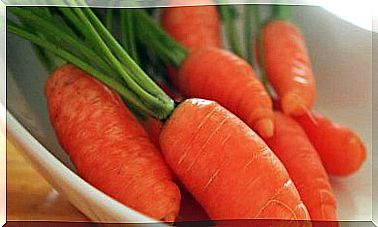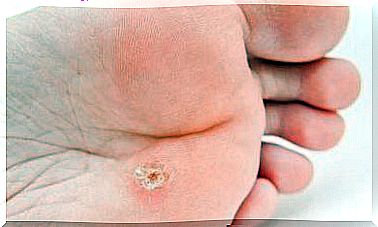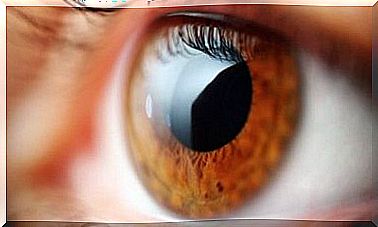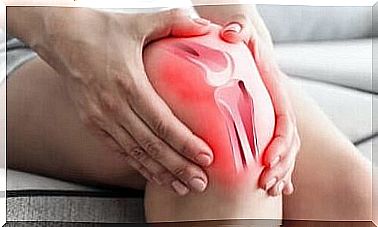Anti-inflammatory Diet To Counteract Uric Acid
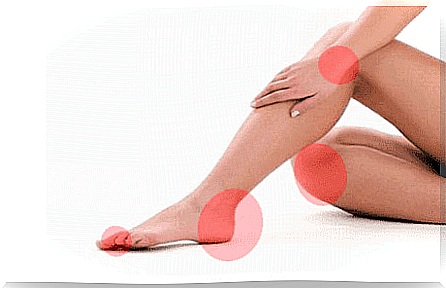
The accumulation of uric acid in the body can be the trigger for a series of inflammatory changes that compromise the quality of life. Following an anti-inflammatory diet is one of the best preventative measures to avoid its effects and stabilize it.
This condition, also known as hyperuricemia, occurs due to the breakdown of purines found in some foods. Even if the body is able to metabolize them and eliminates them through the kidneys, it can sometimes happen to suffer alterations that do not allow them to be decomposed.
The consequence is given by the formation of some urate stones that can cause the appearance of kidney stones, gout attacks and joint pain. Furthermore, in many cases they are related to metabolic problems and arterial hypertension.
How to follow an anti-inflammatory diet to counteract uric acid ? It is imperative to know what is allowed and what is not. Below we tell you in detail what it consists of and what are the steps to follow to tackle this problem.
Anti-inflammatory diet to treat uric acid: what you need to know
The treatment that is followed today to counteract the excess of uric acid includes the intake of certain medications. But certainly the best way to stabilize blood levels is to control nutrition. For what reason?
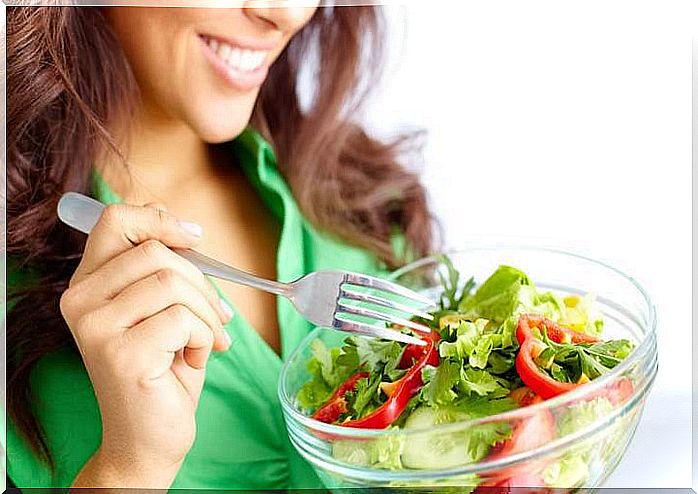
The foods that are included in the diet can do good or bad for this problem. While some increase the concentration of purines, others facilitate the metabolic process that allows their elimination.
Through an anti-inflammatory diet , a light food plan is proposed to obtain useful nutrients and counter this condition. Therefore it is suggested to avoid as much as possible the possible sources of uric acid giving priority to alkalizing foods.
What is the purpose of the anti-inflammatory diet?
An anti-inflammatory diet to treat uric acid has three main goals: regulating urine pH, controlling purine consumption, and decreasing fructose intake. By following these guidelines it is possible to facilitate the breakdown of this substance to reverse its effects.
Adjust the pH of the urine
The kidneys are the organs in charge of filtering uric acid in the blood to promote its elimination through urine. For this reason, when there is an imbalance, it is important to control the pH of the urine to facilitate its expulsion. How?
- By increasing the consumption of water and healing infusions
- By enhancing the consumption of basifying foods such as vegetables, potatoes and fruit
- By reducing the consumption of sources of uric acid or acidifiers such as refined products , sugars, eggs and products of animal origin (meat, offal, fish)
- Limiting the consumption of salt and cooking at home
- Completely avoiding alcoholic beverages, including beer and wine
Sources of purines
In any anti-inflammatory diet, purine consumption is as low as possible. For this reason it is essential to pay attention both to the foods that are consumed and to the cooking method. By boiling a food rich in purines, these are transferred to the water.
Therefore, it is a good way to lower the purine content in food, but you should avoid using the cooking liquid as broth.
Eat fructose
Fructose metabolizes in the body into a type of purine known as xanthine, which eventually turns into uric acid. For this reason it is recommended to eat only one fruit per day. In addition, the ideal is to opt for that fruit with a lower fructose content:
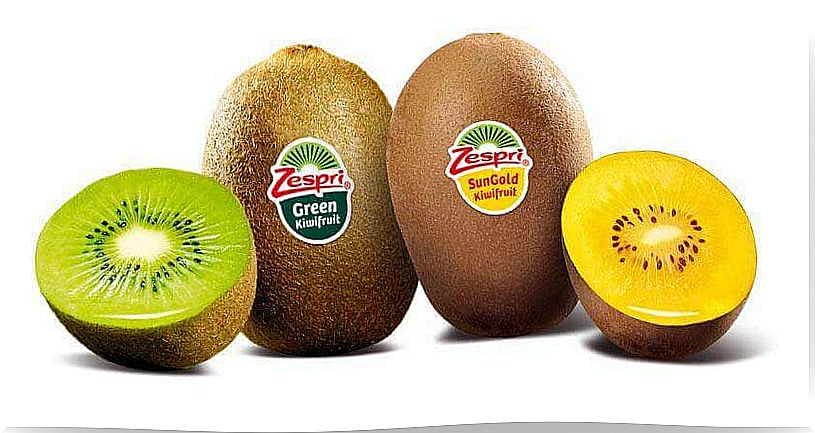
- Apricots
- Kiwi
- Mango
- Watermelon
- Strawberries
- Oranges
- Melon
- Pineapple
Foods prohibited in an anti-inflammatory diet
Many of the “forbidden” foods should only be avoided in the event of a gout attack or stones. If there are high levels of uric acid, even without consequences, the consumption of these foods is limited to the maximum and they are taken in small quantities.
To find out in detail which foods are best avoided, below we list them based on their purine content:
High amount of purines (150-800 mg per 100 gr)
- Sausages, paté, offal
- Sardines, anchovies, anchovies, mackerel
- Shrimps, prawns, clams, mussels
Considerable amount of purines (70-150 mg per 100 gr)
- Veal, cow, pork, wild boar, quail, partridge
- Lentils, broad beans
- Large blue fish
Average amount of purines (5-70 mg per 100 g)
- Rabbit, chicken, turkey
- Chickpeas, beans, peas, soy
- Cauliflower, mushrooms, spinach, asparagus
Low amount of purines (0-50 mg per 100 gr)
- Fruit
- White or refined cereals
- Tubers
- Milk and low-fat derivatives
- Most vegetables (apart from those mentioned)
Anti-inflammatory diet model to treat uric acid
There are many ways to structure an anti-inflammatory diet as a measure to treat excess uric acid. In fact, it is almost always recommended to adapt it to each specific case, since the accumulation of uric acid causes different problems.

This does not mean that there are models that serve as an example to know how to plan menus. Below we propose an interesting option to consider.
Breakfast
- Sugar-free whole grains with skim milk
- 1 cup of fresh strawberries
- Coffee and water
Lunch
- Small portion of baked chicken breast (55 g) in a wholemeal roll with mustard
- Mixed salad with vinegar and olive oil dressing
- Skimmed milk
Snack
- Cup of fresh cherries
- Glass of water or infusion
Dinner
- Portion of fresh roasted salmon (55 gr)
- Boiled or steamed green beans
- Half a cup of wholemeal pasta with olive oil, pepper and lemon
- Infusion or low-fat yogurt
In short
Following an anti-inflammatory diet can limit the body’s production of uric acid and promote adequate elimination. Although it is not sufficient as a “cure” against the problems that the substance provides, it is a great ally for its treatment.
